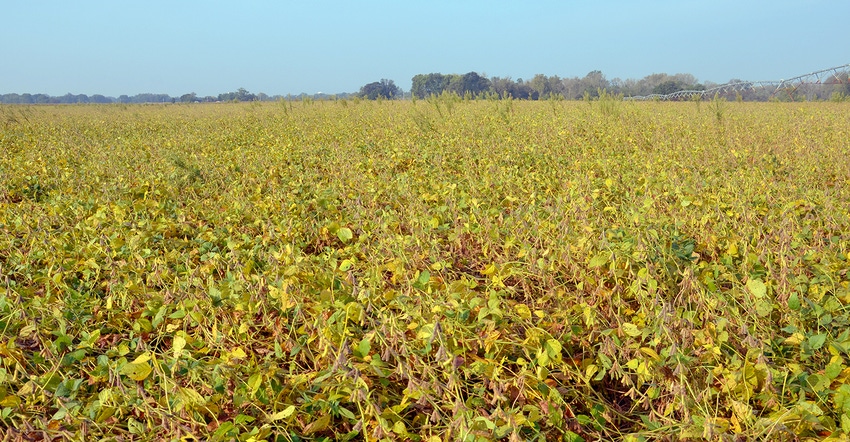August 14, 2017

If you’re in your late 40s, you would have been 10 to 12 years old the last time grain prices bottomed out. If that’s the case, you are experiencing a period of lower prices as an adult for the first time. You may wonder if things will ever return to better times.
What Chris Hurt and Craig Dobbins think might help is a history lesson. The two Purdue University agricultural economists decided to see just how the current boom-and-bust cycle compares to the last significant boom-and-bust cycle in the late 1970s and early to mid-’80s. How did the rise and fall in land prices and cash rents this time compare to more than three decades ago?
The ag economists used the years preceding each cycle as a base period so they could determine the percentage of price increase and decrease in each boom-and-bust period.
Which period featured land prices that rose and then sank the most? Remember, they’re working with percentages, not actual dollar figures. Only those who farmed through the ’70s and ’80s likely got this one right. Peaks and valleys were respectively higher and lower then compared to today, the ag economists note. They point out, of course, that the current cycle is still playing out.
If you think cash rents are still too high today, you may be surprised by the next finding, as well. Cash rents also rose by a higher percentage from the base years in the previous cycle than they did this time. Yes, the absolute cash rent amounts paid today are much higher, generating more headlines. But the percentage increase in cash rents from more stable years before each cycle began was actually steeper in the late 1970s.
Take-home lessons
Knowing previous generations have experienced times that were as challenging as what you face now doesn’t erase the reality of bills you must pay or deficits you might face. However, perhaps it provides you a frame of reference. Prices have dropped before, influencing land values and cash rents in a similar trend to what is happening now.
In the short term, the ag economists see crop margins continuing to be tight into 2018, even if there’s some improvement in margins. They suggest it may still be difficult to cover all costs you factor into your crop budgets, if you include labor and equipment.
That suggests sharp management skills will be at a premium for some time to come. Your ability to manage through difficult times will continue to be put to the test.
Eventually, if history is any indication, circumstances will lead to improving prices. The next time a boom period takes off, expect to hear fewer people talking about “a new normal” in crop prices compared to what you might have heard a few years ago. Time has already proved there wasn’t a new normal — it was just one of the peaks in prices that come along only now and then.
If you weren’t farming in the 1980s, talk to someone who was. Many, although not all, survived it. Only a few made it through without making some changes. Maybe talking to those who “have been there” will provide insight that will help you guide your business through the rest of this current down cycle.
You May Also Like




